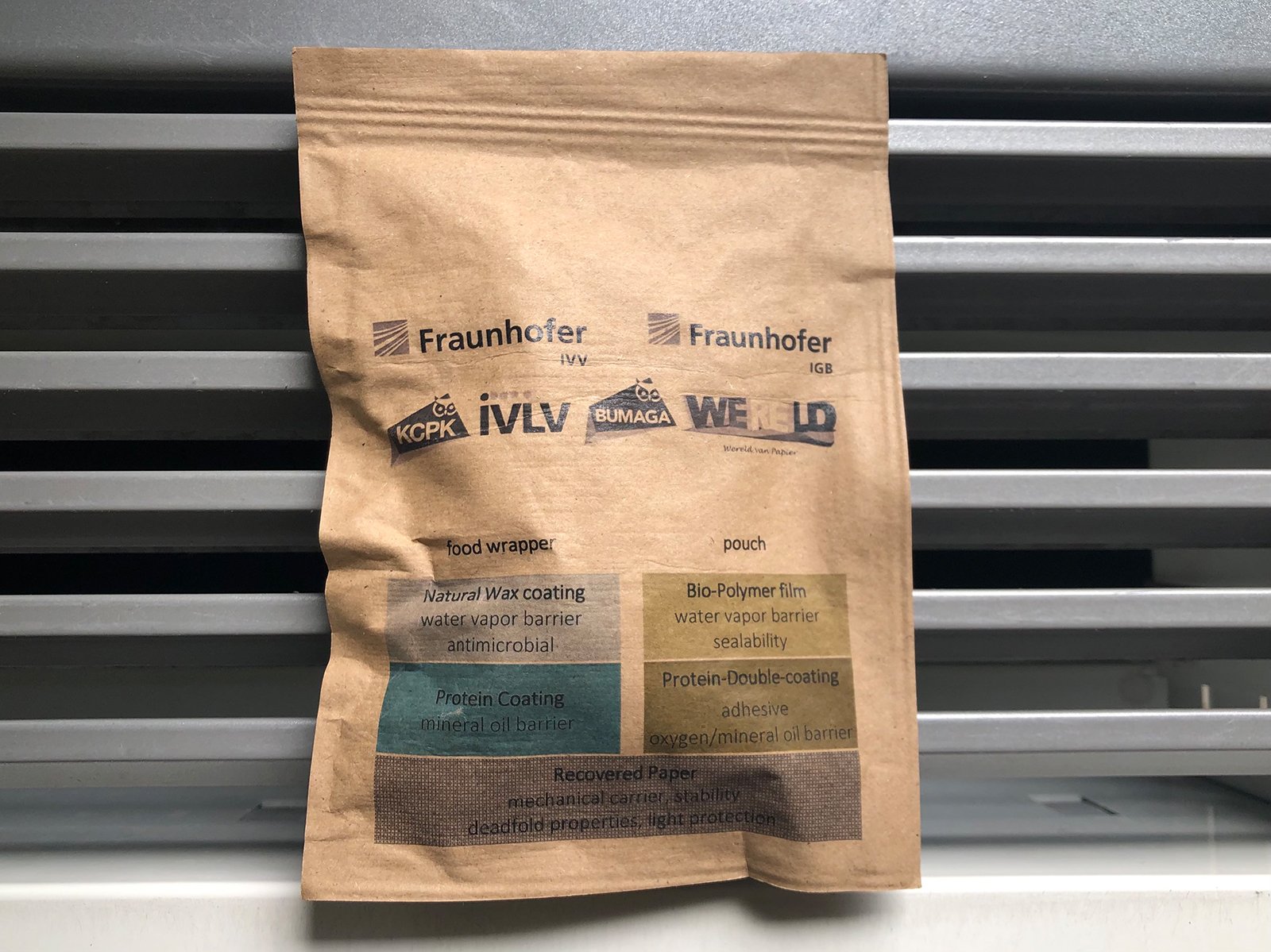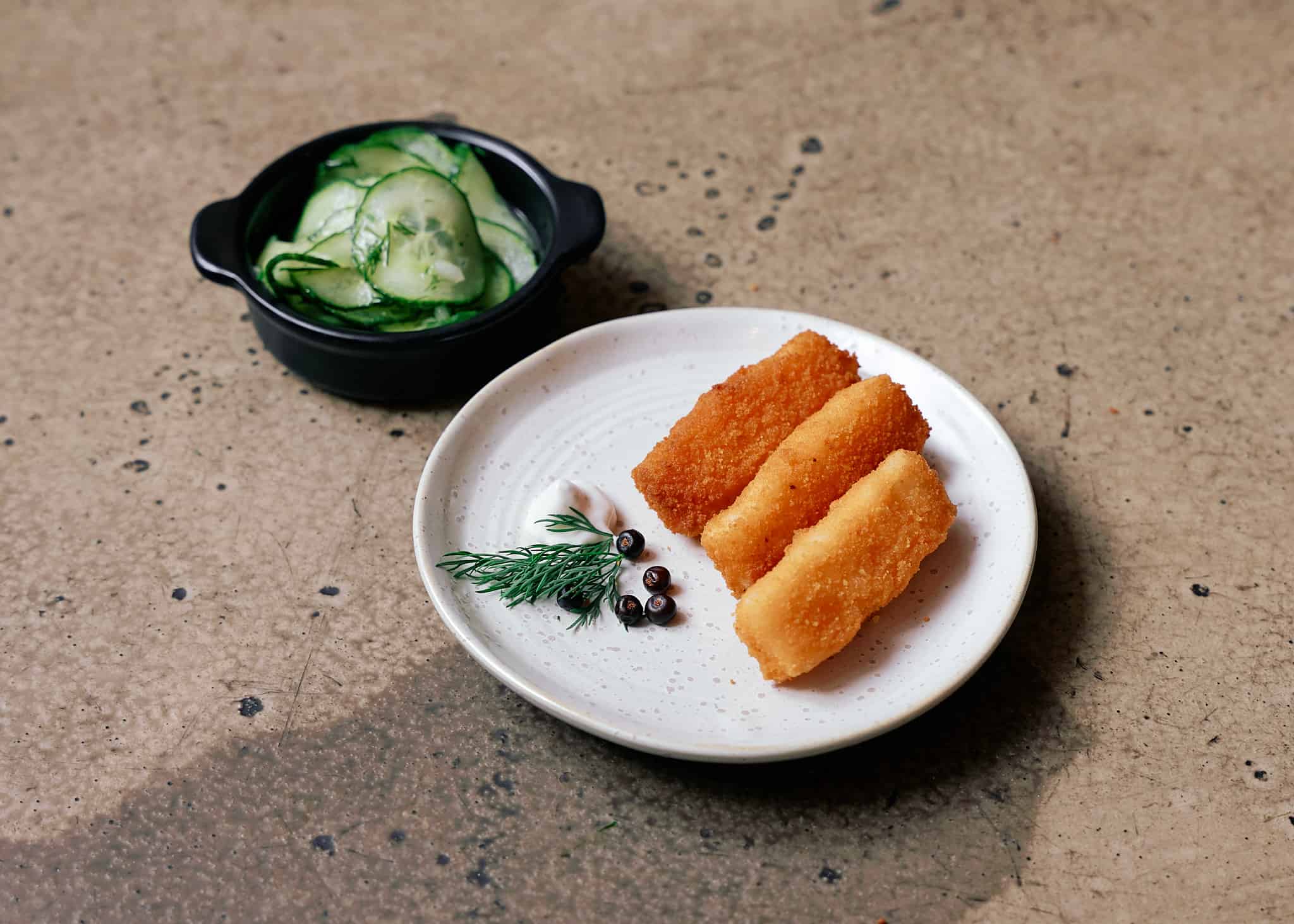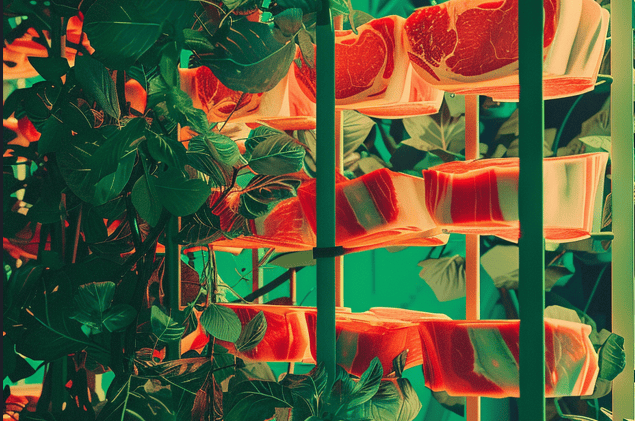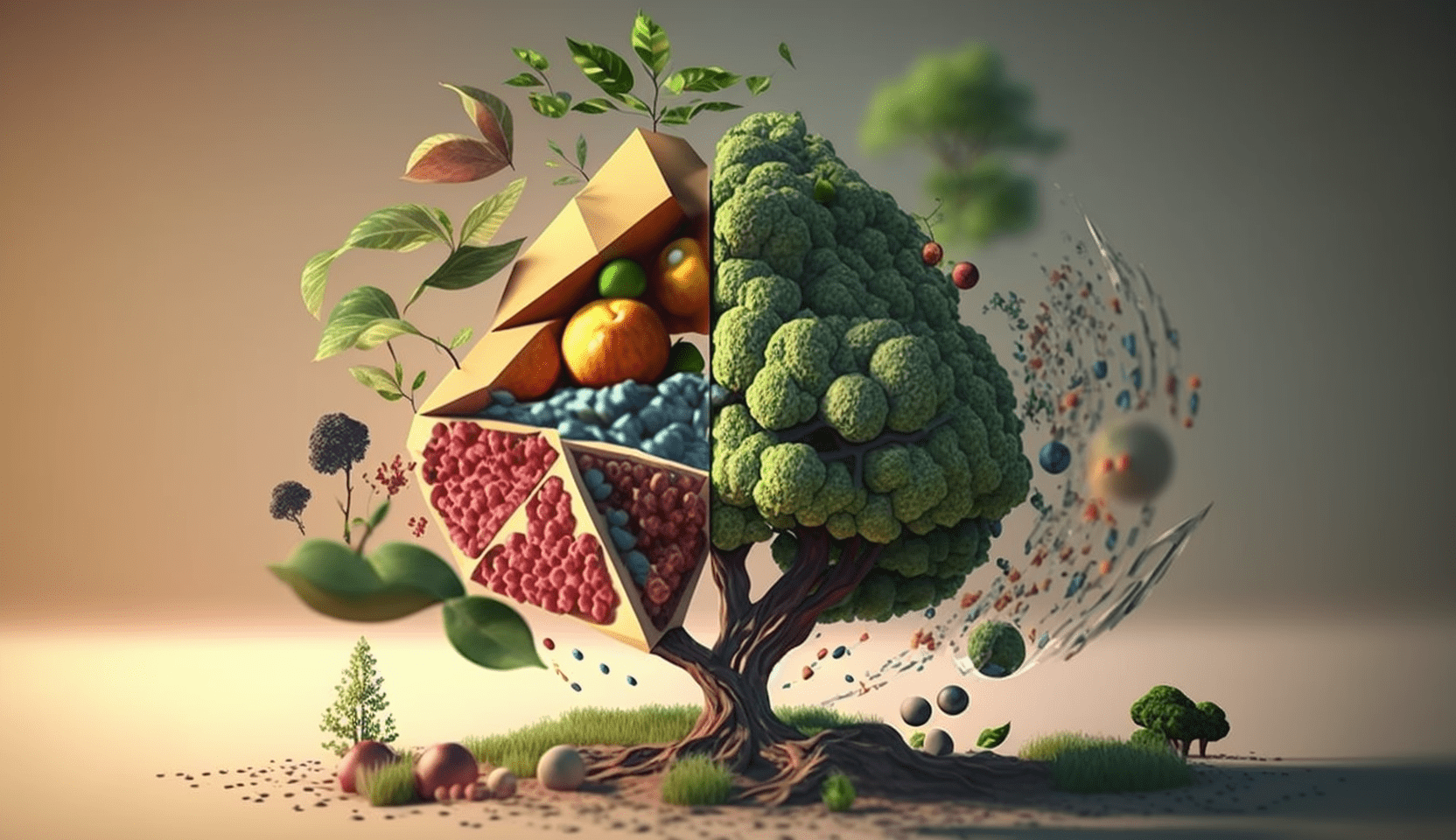
Food packaging is a major contributor to the vast quantities of plastic waste that increase every year. Whether it’s sausage, cheese, meat, fish or even fruit, salad and vegetables, everything is hygienically packaged in plastic. In Germany alone, plastic waste from this packaging piled up to 38.5 kilograms in 2017 per capita. That’s why researchers at the Fraunhofer Institute for Process Engineering and Packaging IVV and the Fraunhofer Institute for Interfacial Engineering and Biotechnology IGB in Germany have developed an innovative, environmentally-friendly coating. It is made of plant-based proteins and waxes for paper packaging as part of the BioActiveMaterials project. It not only saves plastic, but it also extends the shelf life of food and can be easily disposed of in the recycling container.
Longer shelf life made possible by proteins, waxes and antioxidants
The basis of the new type of sealable pouch or wrapping paper is normal paper. It is given a special coating of proteins and waxes with biobased additives. The “special formulation of a long-term, stable coating” fulfills several functions at once, emphasizes Dr. Michaela Müller, head of the Functional Surfaces and Materials innovation field at Fraunhofer IGB. “On the one hand, the proteins serve as an oxygen barrier layer and the waxes act as a water vapor barrier, so that fruit, for example, does not dry out as quickly. On the other hand, the bio-based additives impart antioxidant and antimicrobial effects,” she explains. “Meat and fish then don’t spoil as quickly. Overall, the shelf life of the food is significantly extended.” At the same time, the proteins in the coating ensure that no mineral oil is transferred from the paper to the food, which is necessary since there are still residues of printing ink containing mineral oil in the waste paper.
“Our paper-based packaging is also suitable for foods that need to be refrigerated, such as meat. Here, the protective function against oxygen is retained,” adds Müller. Even frozen foods could be packaged in it. “After use, the packaging goes into the recycling bin; the coating is biodegradable and does not interfere with paper recycling,” says Dr. Cornelia Stramm, department head at the Fraunhofer Institute for Process Engineering and Packaging IVV.
Researchers at the Fraunhofer IVV have already tested the coating’s practicality. “For example, we tested how effectively a particular coating protects food from external influences such as water vapor, oxygen and mineral oil,” explains Stramm. The team also applied the coating to the papers using a roll-to-roll process. This involves applying the coating as an aqueous dispersion using a machine on which the paper is guided over rollers.
The magic lies in the mixing ratio
The raw materials for BioActiveMaterials come from natural substances approved for use in foodstuffs. To identify them, the researchers experimented with rapeseed, lupines, whey or sunflowers, for example. This way unused residues from agricultural production could also be used. The waxes, on the other hand, are either beeswax or come from the candelilla bush found in northern Mexico and from the Brazilian carnauba palm. “We chose these waxes because they are biodegradable, approved for food use and readily available on the market,” explains Müller.
Finally, to produce the appropriate coating, all the ingredients are crushed, heated, stirred and mixed using classic laboratory techniques. “The skill is in the mixing ratio and the sequence in which you add the individual substances,” says Müller. “The flexibility with the ratio when mixing the different substances also allows us to optimize the coating for specific applications.” A package for meat, for example, could be made particularly antimicrobial and antioxidant by adding more antioxidants, while the bag for lettuce could be given a wax coating that provides particularly good protection against dehydration.
Coating food directly
But the bioactive coating would not only be suitable for paper, the researchers explain; cardboard could also be coated with it. Printing the manufacturer’s logo or food-law information regarding ingredients on the packaging would also be no problem.
The Fraunhofer scientists are also currently experimenting with applying the coating directly to foods such as fruit or vegetables to increase their shelf life. From a health point of view, the edible coating is in any case harmless.
Cover photo: A sealed paper bag with the coating on the inside. After use, the packaging with the bioactive materials ends up in the recycling bin. © Fraunhofer
More articles on the topic of plastic waste can be found here.







